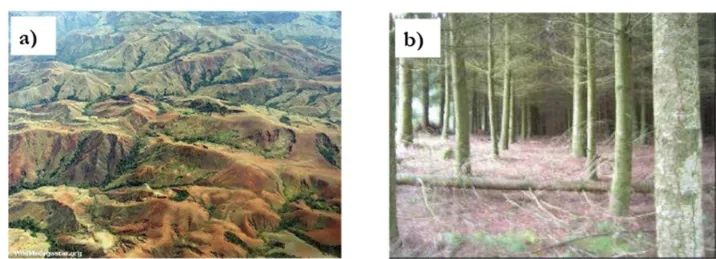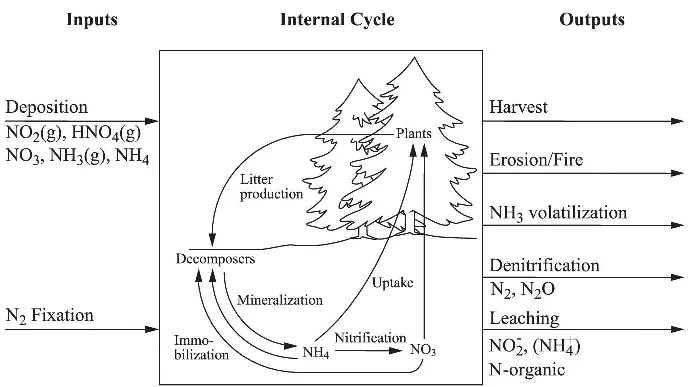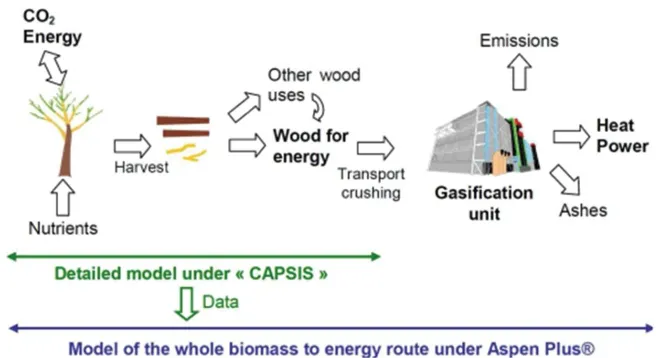
Thermochemical Conversion of Biomass for the Production of Energy and Chemicals
Anthony Dufour
- English
- ePUB (adapté aux mobiles)
- Disponible sur iOS et Android
Thermochemical Conversion of Biomass for the Production of Energy and Chemicals
Anthony Dufour
À propos de ce livre
This book highlights the processes of biomass thermochemical conversion, covering topics from combustion and gasification, to pyrolysis and liquefaction.
Heat, power, biofuels and green chemicals can all be produced by these thermochemical processes. The different scales of investigation are presented: from the bioenergy chains, to the reactors and molecular mechanisms.
The author uses current research and data to present bioenergy chains from forest to final use, including the biomass supply chains, as well as the life cycle assessment of different process chains.
Biomass conversion reactors are also presented, detailing their technologies for combustion, gasification and syngas up-grading systems, pyrolysis and bio-oil upgrading.
The physical-chemical mechanisms occurring in all these reactors are presented highlighting the main pathways for gas, char and bio-oil formation from biomass.
This book offers an overview of biomass valorization for students, engineers or developers in chemistry, chemical, environmental or mechanical engineering.
Foire aux questions
Informations
1
Bioenergy Chain and Process Scales

1.1. Biomass production and ecological issues
- – in some developing countries, biomass production may result in deforestation, a potential loss of biodiversity (especially in the rainforest), land-use competition and soil erosion (see Figure 1.2). Wood is often the main energy resource and is burnt in wood stoves with a very bad efficiency;
- – in developed countries, forest is aging and in expansion due to the lack of wood valorization. Wood energy should be promoted in some regions to better valorize the small stems in forests.


1.2. Modeling of bioenergy chains
1.2.1. Global model of the whole bioenergy chain


Table des matières
- Cover
- Table of Contents
- Title
- Copyright
- Acknowledgments
- Introduction on the Past, Present and Future of Biomass Conversion
- 1 Bioenergy Chain and Process Scales
- 2 Reactor Scale
- 3 Particle Scale and Mesoscale
- 4 Molecular Scale
- Conclusion
- Bibliography
- Index
- End User License Agreement